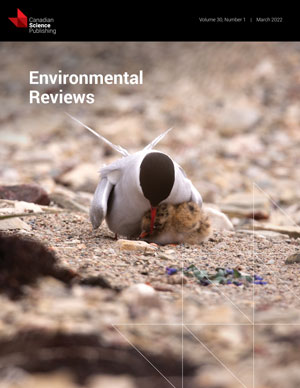Accelerating environmental flow implementation to bend the curve of global freshwater biodiversity loss
Abstract
Environmental flows (e-flows) aim to mitigate the threat of altered hydrological regimes in river systems and connected waterbodies and are an important component of integrated strategies to address multiple threats to freshwater biodiversity. Expanding and accelerating implementation of e-flows can support river conservation and help to restore the biodiversity and resilience of hydrologically altered and water-stressed rivers and connected freshwater ecosystems. While there have been significant developments in e-flow science, assessment, and societal acceptance, implementation of e-flows within water resource management has been slower than required and geographically uneven. This review explores critical factors that enable successful e-flow implementation and biodiversity outcomes in particular, drawing on 13 case studies and the literature. It presents e-flow implementation as an adaptive management cycle enabled by 10 factors: legislation and governance, financial and human resourcing, stakeholder engagement and co-production of knowledge, collaborative monitoring of ecological and social-economic outcomes, capacity training and research, exploration of trade-offs among water users, removing or retrofitting water infrastructure to facilitate e-flows and connectivity, and adaptation to climate change. Recognising that there may be barriers and limitations to the full and effective enablement of each factor, the authors have identified corresponding options and generalizable recommendations for actions to overcome prominent constraints, drawing on the case studies and wider literature. The urgency of addressing flow-related freshwater biodiversity loss demands collaborative networks to train and empower a new generation of e-flow practitioners equipped with the latest tools and insights to lead adaptive environmental water management globally. Mainstreaming e-flows within conservation planning, integrated water resource management, river restoration strategies, and adaptations to climate change is imperative. The policy drivers and associated funding commitments of the Kunming–Montreal Global Biodiversity Framework offer crucial opportunities to achieve the human benefits contributed by e-flows as nature-based solutions, such as flood risk management, floodplain fisheries restoration, and increased river resilience to climate change.

